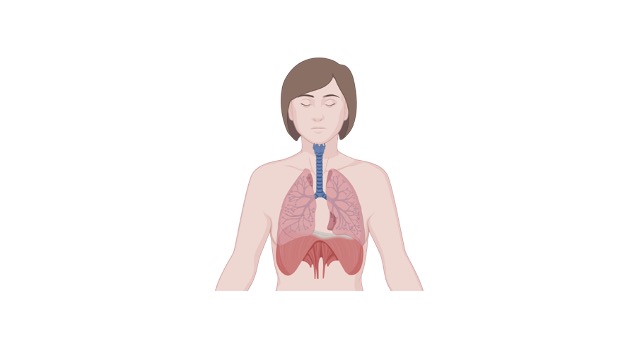
Polyatomic Ions: Definition, List, and Chart
What are Polyatomic Ions? o An ion is defined as a chemical atom, molecule or particle that has a positive or a negative charge. o The positive charge is present…

What are Polyatomic Ions? o An ion is defined as a chemical atom, molecule or particle that has a positive or a negative charge. o The positive charge is present…
Lymph and Lymphatic System o The lymphatic system is specialized vessels that perform the function of transportation of interstitial fluid to the intravascular space, to prevent fluid accumulation in the…
What is Blood Group? o Blood group is the classification of blood by the presence of specific antigen on the surface membrane of Red Blood cells (RBC). These antigens have…

What are Blood Cells? o Fluid that helps in transportation of oxygen to all tissues and lungs with the nutrient is the blood. o Blood consists of components i.e., plasma,…
What is Respiratory Volume and Capacities? o During one cycle of respiration, volume of air that is present in the lungs is known as the lung volume and lung capacities.…

What is Respiration? o Respiration is exchange of gases (oxygen and carbon dioxide) and process to reach the oxygen to all parts of body and eliminate carbon dioxide as byproduct…

o For every cell of the body to function there is a need of supply of constant oxygen. This constant supply and availability of oxygen and exchange of gases are…
What is Respiration and Exchange of Gases? o The complete purpose of the respiration process is to exchange gases and transport oxygen to every part of the body. o Exchange…
What is Respiration? o Respiration is the exchange of gases i.e., oxygen and carbon dioxide and transported from lungs to bloodstream and to the cells of body. o Alveoli is…

What is Respiratory Disorders? o Pair of healthy lungs expanding, contracting taking in oxygen and the deliver of the same to the blood and giving out the unwanted gases. o…